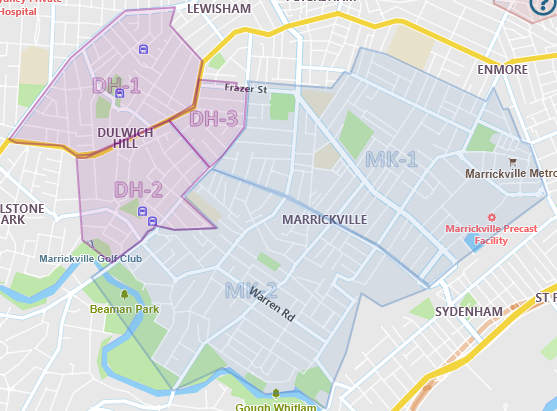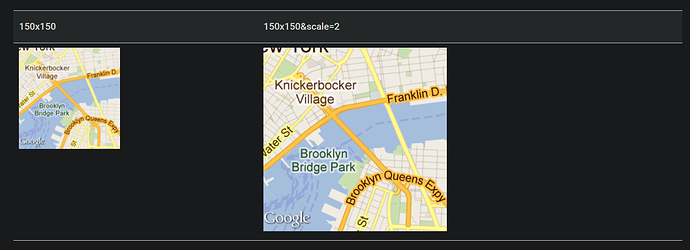Hello!
In our WPF application, the MapView contains an OpenStreetMapOverlay, plus several Polygon Shape layers on top.
I can set the mapView.CurrentExtent to fit all polygons on screen at once by creating a RectangleShape that covers all Polygons, E.G.
mapView.CurrentExtent = new RectangleShape(minX, maxY, maxX, minY);
However since the map is very large, the map is then Zoomed out a long way. This is fine for displaying in the application, since you can easily Zoom and Pan. But we would like to save an Image of the entire Map Extent at a high Zoom level.
We are using GetSnapshot(), which works very well:
var snapShot = mapView.GetSnapshot();
snapShot.Save(dialog.FileName);
However, if we Zoom in, the Map Extent changes to what is shown on screen, not the whole map. If we stay zoomed out so we can see the whole map, then the Zoom Level is too small.
How can we save an image of the whole map, Zoomed in?
Thanks!


